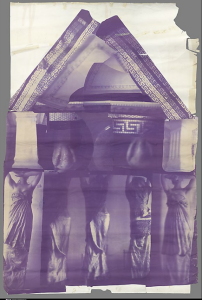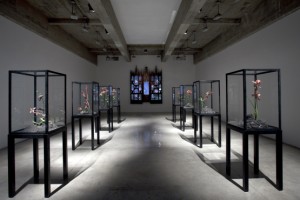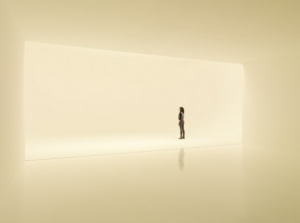
Figurative sculpture of fantastical creatures being rare in Chelsea, Monica Cook’s first New York solo show starts out as strange, but gets more eccentrically alluring. A monkey-like character by the door sets the tone with a dignified look in his eye but a half-finished, diseased-looking body. His simian brethren, in sculptures, photos and a stop-animation video, are equally grotesque, cobbled together assortments of fur and plastic. They recall David Altmejd’s gaudy giants, but elicit more sympathy.
A parent-and-child grouping and a female with her dog hint at the possibility that the beasts are stand-ins for us humans. This suggestion is confirmed by the video, in which the critters court and mate in a manner recalling Cook’s excellent 2010 YouTube Play contribution (not in the show), featuring romantic encounters driven by bestial desires. Things work out better in Cook’s animal kingdom, however, as ulterior motives fall by the wayside and, after a series of shy glances, a male magically impregnates a female by merely proffering her a bauble.
The fact that this pretty seed was torn from a fetus-like pod, or that the female attracts the male by munching on an olive-like oval pulled from the skin of her leg, is the repulsive flip side to these creatures’ damaged beauty. Missing flesh reveals skeletons cleverly constructed from coiled phone cords, internal organs made of glass balls and baboon bottoms filigreed with lingerie-like ornamentation. Despite their disconcerting appearance, their rituals of attraction and reproduction are sincere and absurdly simple, offering a kind of prelapsarian seduction of their own.



